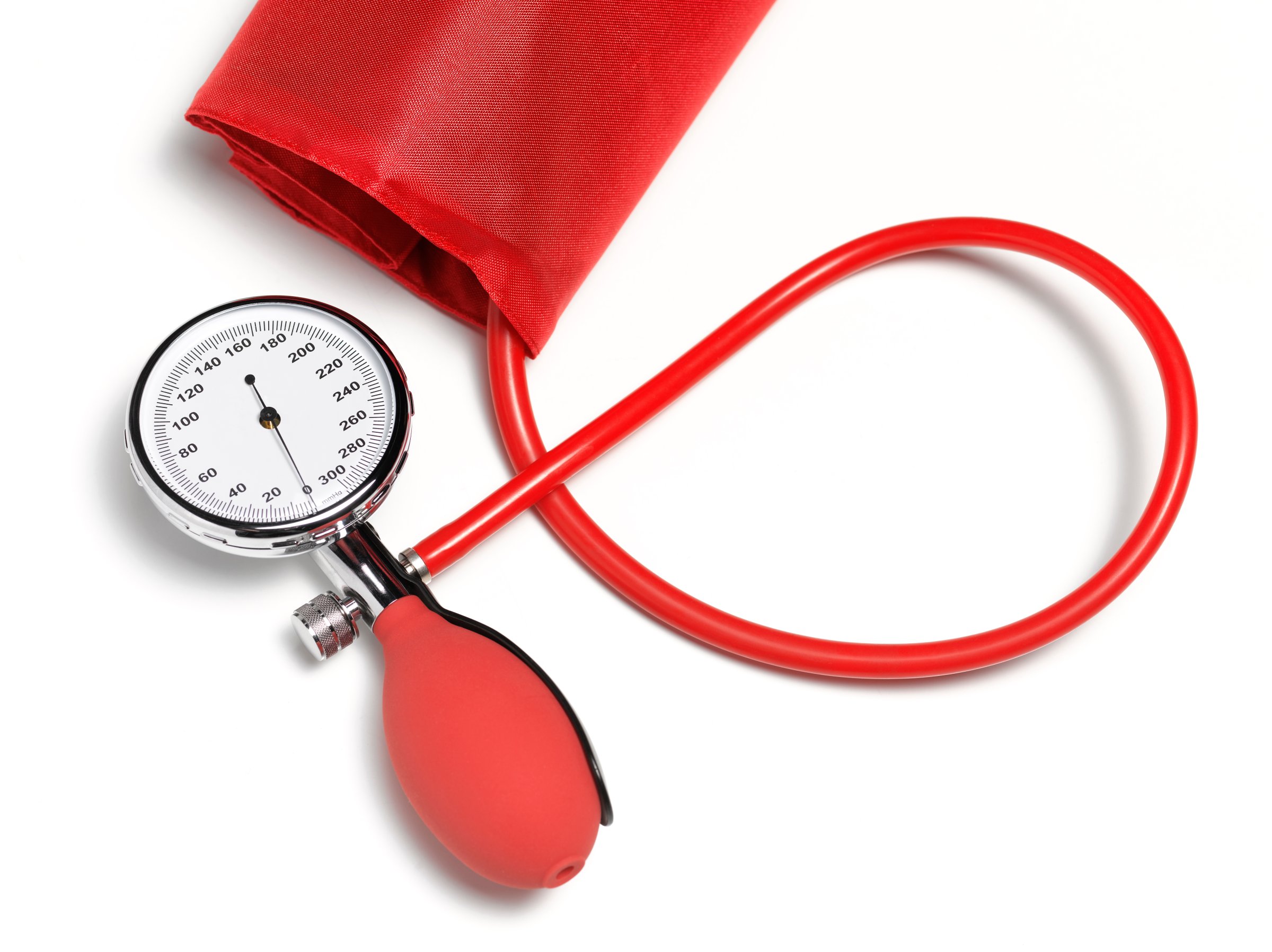
Despite everything we know about how important it is to get regular health checkups, not many people like going to the doctor — so some physicians are coming up with creative ways to bring health care directly to their patients.
In a study published in the journal Circulation, researchers led by the late Dr. Ronald Victor, a professor of medicine at Cedars-Sinai Medical Center, found that stationing pharmacists in barbershops significantly lowered the rates of hypertension among African-American men in the community. Over a year, men who got their hair cut at barbershops, where they could also see pharmacists who prescribed blood pressure-lowering medications, reduced their systolic pressure by nearly 30 mmHg, compared to 7mm Hg among men who went to shops where barbers talked to their clients about blood pressure but encouraged them to see their doctors. At the start of the study, all of the 319 men at 52 different barbershops in Los Angeles county had hypertension.
Each shop was randomly assigned to either have a pharmacist visit every few weeks or to serve as a control, in which barbers encouraged their clients to check their blood pressure and see their doctors if they needed treatment.
African-American men are at higher risk of developing hypertension than than people of other ethnicities, partly because they are less likely to see their doctors for diagnosis and treatment. Victor, who passed away in September, had conducted research in Dallas testing the idea of using barbershops to reach more men in this at-risk population. While the studies showed some benefit, it was minimal, so in Los Angeles, he added pharmacists, who would be on site and have the authority to prescribe medications to treat hypertension. A study published in March in the New England Journal of Medicine found that black men who visited a barbershop in LA with a pharmacist-led blood pressure program had better blood pressure levels six months later. And the latest work shows that when the program continued, these positive changes were maintained for a year.
The pharmacists made special arrangements with the men’s primary care doctors which allowed the pharmacists to monitor the men’s blood pressure and prescribe or adjust medications as needed. Ciantel Blyler, one of the two pharmacists in the study and lead author of the paper, said doctors welcomed the opportunity to include her and her colleague in helping them treat their patients’ hypertension. “There is such a shortage of primary care physicians that many are overwhelmed by their patient load,” she says. Many of the men in the study either had not seen their primary care doctor in more than a year or did not have a regular physician. For the latter group, the study team worked with a local doctor who acted as the authorizing physician for the prescriptions.
The doctors recognized that the barbershop, and the access to the pharmacist, would help more people with high blood pressure receive proper care and treatment. Blyler and her colleague set up appointments at the barbershop and saw their patients every few weeks, taking their blood pressure, running simple blood tests from a finger prick and talking to them about the importance of a low-sodium diet and exercise. Many of the men ended up coming to see the pharmacists at the barbershops even on days they weren’t scheduled for a haircut — although they wouldn’t necessarily schedule an appointment to visit their doctor’s office. That’s because “the barbershop is a social hub for black men,” says Blyler. “A lot of times you walk in and people are hanging out, not getting their hair cut but watching TV, or watching a game or playing cards. It was easy to convince them to come see me for 30 minutes.”
Based on the success of the study, Blyler says the team is planning a similar program in Nashville, Tenn. and is working with colleagues at Vanderbilt University to set up a study and collect data to compare to the results from Los Angeles.
If those results are as positive, the barbershop blood pressure program could serve as a model for how to reach people who traditionally don’t use the health care system and help them manage chronic conditions. The key is making health care easy to access by having pharmacists available to prescribe and monitor patients as often as they get their hair cut.
More Must-Reads from TIME
- How Donald Trump Won
- The Best Inventions of 2024
- Why Sleep Is the Key to Living Longer
- Robert Zemeckis Just Wants to Move You
- How to Break 8 Toxic Communication Habits
- Nicola Coughlan Bet on Herself—And Won
- Why Vinegar Is So Good for You
- Meet TIME's Newest Class of Next Generation Leaders
Contact us at letters@time.com